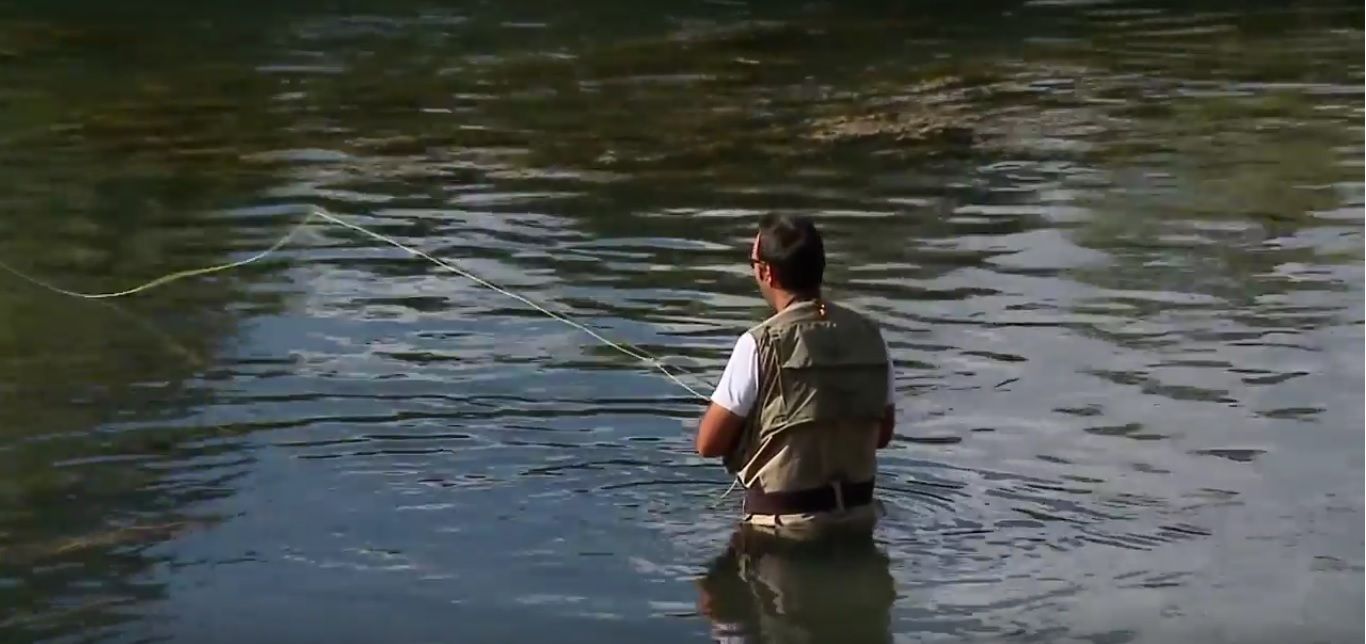Split Scientists Discovered a Rare Example of Evolution in Cetina River
Read the whole article (in Croatian) here.
6th Boat Race on the Cetina River in Trilj on Sunday
Although it says Boat Race, the actual boat race is only one of the races that will take place on the Cetina river this Sunday (August 23, 2015) in Trilj. Rope climbing, swimming race in the Cetina river and fly-fishing will be again entertaining guests and locals of this year´s Boat Race on the Cetina river organized by the Trilj tourist board.

For a taste of what you can expect at a boat race in Trilj, watch the video below from the Zemlja Cudesa youtube channel (all photos: snapshots from the video).

The event will start at 15:00 and will end around 19:00 with a delicious fish stew - all welcome!!

Discover the Secrets of the Source of the Cetina River
I was recently the guest of the fabulous Sinj Tourist Board for the 3rd Cetina Adventure Race, and my superb guide for the day was top snapper Ilija Veselica. He wanted me to see as much of the area as possible while still covering the race, and it was a pleasure seeing such pride and love of his natural environment.
One particular highlight for me was seeing the source of the mighty Cetina river, home of white water rafting and other activities. As you can see from the photo above, it looks like a small pond, and I found it hard to believe that it went down 110 metres, until I saw this spectacular video (explanation below). Inland Dalmatia - full of surprises. I am not sure if it is possible to organise cave diving, but am sure the Sinj Tourist Board will know. www.visitsinj.com/en
Cetina has its source in the northwestern slopes of Dinara. Rising from a spring at Milasevo near a small village called Cetina, located 7 km north from Vrlika, it flows a distance of 105km to the Adriatic Sea. A large artificial lake begins near Vrlika, the Peruća Lake, which was created by a dam some 25 km downstream. Cetina then passes into the lower portion of the Sinj karst field, through the city of Sinj. After that it runs eastward, through the city of Trilj and then back westward around the Mosor mountain, before flowing into the Adriatic in the city of Omiš.
The source of the Cetina river is -110 m deep and maybe even more.
It was a great experience diving in a crystal clear water that you can drink when you get thirsty.
Divers in the video: Drazen Goricki cameraman and Damir Mlinaric. Max.depth of diving: -109m. Both divers are diving with a CCR Megalodon and the video was filmed with an Amphibico Phenom - Sony Z1.

